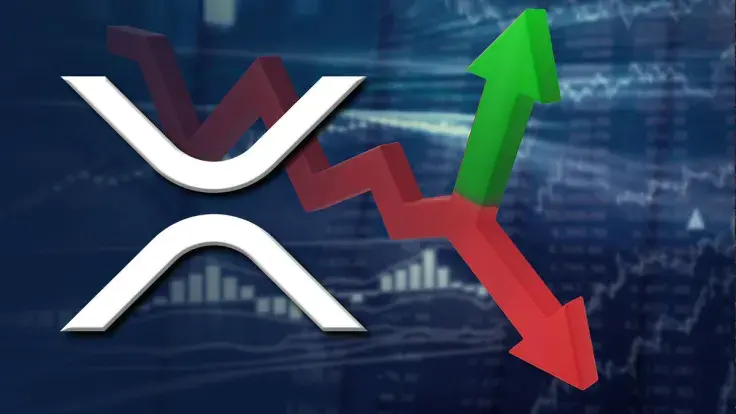
Disclaimer: The opinions expressed by our writers are their own and do not represent the views of U.Today. The financial and market information provided on U.Today is intended for informational purposes only. U.Today is not liable for any financial losses incurred while trading cryptocurrencies. Conduct your own research by contacting financial experts before making any investment decisions. We believe that all content is accurate as of the date of publication, but certain offers mentioned may no longer be available.
Since reaching a bottom on Dec. 19, XRP has entered a local uptrend, gaining around 7% to its value in less than two weeks. Such a recovery was not really expected, considering the existing market conditions and the lack of market-moving news for XRP in the space. However, it seems like the pivotal moment for the cryptocurrency has come.
A few days ago, XRP reached the local resistance level on the intraday chart reflected by the moving average with a period of 50 candles. Traditionally, the line acts as a guideline for assets moving in up- or downtrends. In case of a breakout, traders receive a trend reversal signal and act accordingly.
In the case of XRP, the coin reached the aforementioned resistance and then failed to break it due to the insignificant amount of buying power on the market. The lack of momentum that would help the coin break the resistance shows the lack of foundation behind the local uptrend, which makes it purely speculative. It most likely acts as a correctional move in the prolonged downtrend.
If we look at longer time frames, we will clearly see the insignificance of the most recent move conducted by XRP. We can see that the coin is continuing its journey to new local lows instead of finding ground for a solid bounce.
Considering the current state of the market and the upcoming Christmas and New Year holidays in the U.S. and other markets, the cryptocurrency industry should enter a stalemate up until Jan. 5 and then start recovering in terms of trading volume, liquidity and volatility.

 Dan Burgin
Dan Burgin Vladislav Sopov
Vladislav Sopov U.Today Editorial Team
U.Today Editorial Team